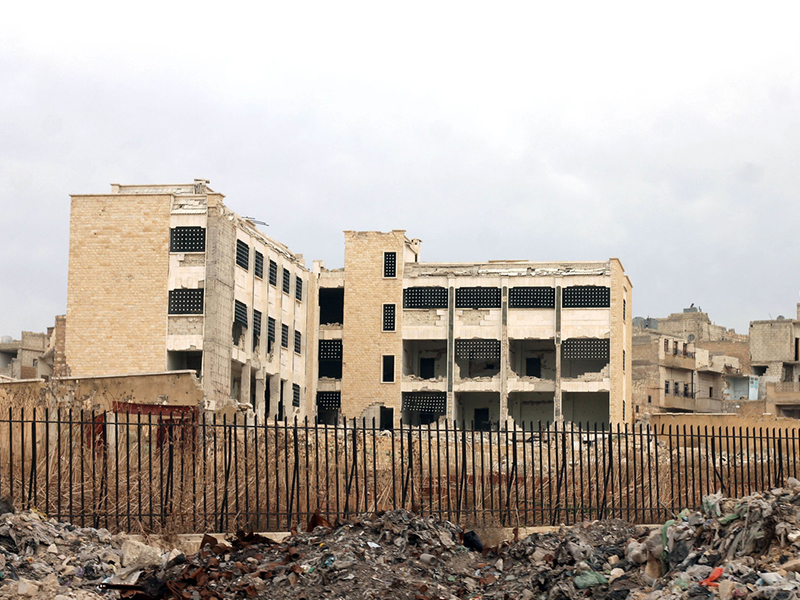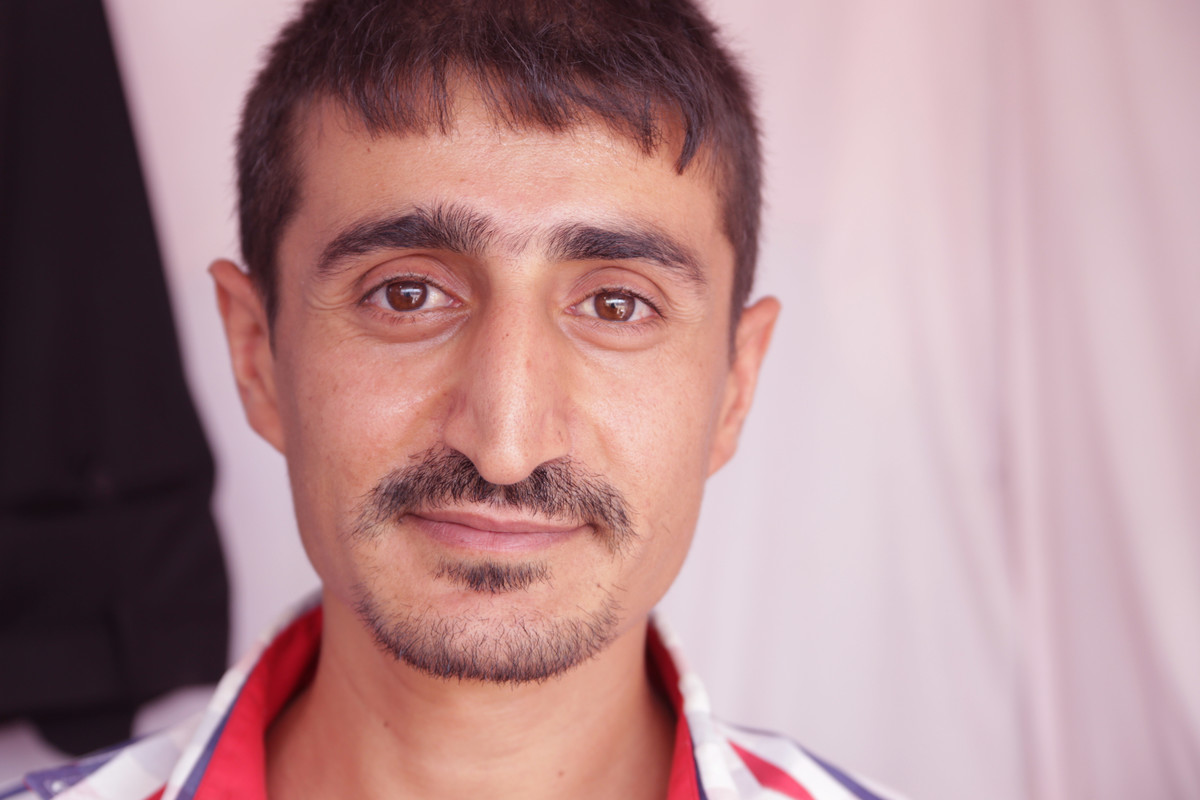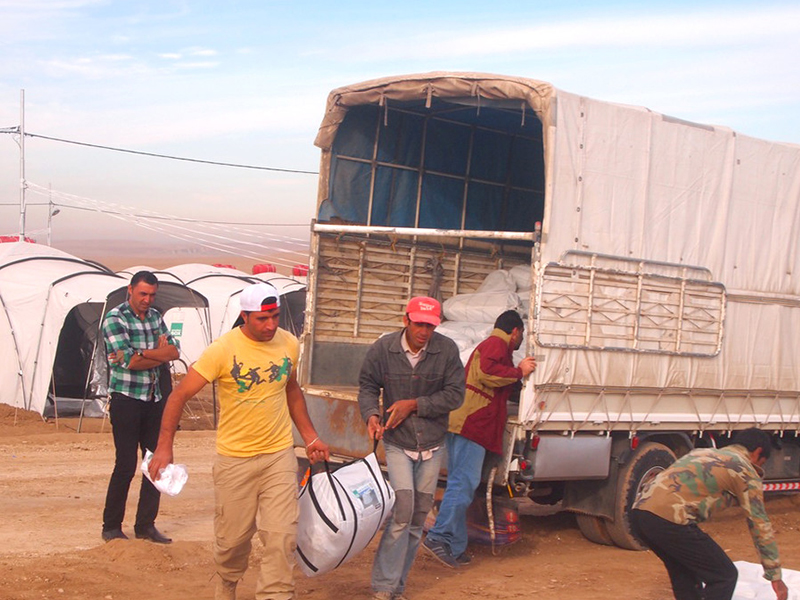On 15 March 2011, the Arab Spring reached Syria. Peaceful protests soon escalated into brutal conflict as government and opposition forces clashed. And in the years since, this conflict has shifted into a seemingly unsolvable regional crisis.
2023 marks 11 years since ShelterBox started supporting people fleeing the conflict in Syria. Together with our trusted partners ReliefAid and Bahar Organisation, we’ve reached over 84,000 families, both within Syria, as well as in neighbouring countries.
Here’s what you need to know about the Syrian conflict which started 12 years ago.
1. The Syrian conflict has raged longer than the two World Wars
The Syrian conflict has lasted for 12 years and counting – longer than the two World Wars combined.
No Syrian child under 12 can remember their country at peace. A whole generation of children have had their lives scarred by loss, pain and fear.
‘I didn’t expect the war to last that long, no one expected it. Displaced people here in northern Syria have been exhausted by the conditions.’ – Nour, humanitarian with ShelterBox’s partner ReliefAid

Nothing but destruction. Aleppo, 2015.
2. More than 13 million people have been forced from their homes
Around 6.7 million people have been displaced within Syria, and at least 6.6 million refugees have fled to neighbouring countries and beyond (source: UNHCR).
With the constant upheaval of shifting territories and frontlines, the war is forcing families to move again and again. In the winter of 2019-20, around 1 million people were displaced in just one month, as government-backed forces pushed to reclaim territory in Idlib, northwest Syria.
3. This is one of the world’s largest refugee crises
More than a quarter of the world’s refugee population are people displaced in the wake of the Syrian conflict.
Since we first started responding to the crisis, ShelterBox has supported refugees in Iraq, Lebanon, Jordan and Greece.
‘I want to go home to Damascus – home, sweet home. People don’t become refugees because they have a choice… but because they have to.’ – Syrian tailor Hoshang, speaking from a refugee camp in Iraq in 2015

‘People don’t become refugees because they have a choice… but because they have to.’ – Hoshang
4. Around 14% of Syrians don’t have access to electricity
According to a report by the World Bank, in 2018 14% of people in Syria didn’t have access to electricity, a statistic that has been increasing since the outbreak of war.
Even those with power to their homes face nationwide blackouts when pipelines and power plants are targeted.
ShelterBox has now provided over 58,000 solar lights to displaced Syrian families – that’s enough to give around 580 million hours of light, helping home routines like meals, play and schoolwork.
5. Syrian winters are harsh and unforgiving
The wet and cold of freezing winters can be a more immediate threat than the conflict – weeks of sub-zero temperatures can be fatal for families who’ve fled with nothing.
In February 2023, thousands of buildings collapsed in northern Syria after a series of devastating earthquakes. People were left homeless in the middle of a bitter winter.
‘Parents constantly worry about their children being affected by the cold and getting ill.’ – ReliefAid humanitarian Mustafa

ShelterBox aid being unloaded from a truck, 2012.
6. More than half the hospitals in Syria have been damaged or destroyed
As early in the conflict as 2015, the WHO reported that almost 60% of hospitals in Syria had been destroyed or damaged, and more than half of the country’s health workers had fled or been killed.
7. There is hope, ingenuity and resilience – both in Syria and beyond
Life finds a way. Shops reopen, traffic moves, children play and laugh. Amidst the exhausting destruction and loss, there are daily reminders of the strength and hope Syrians have for the future.
‘I bought these flowers to forget about the sadness and this difficult reality. I feel optimistic whenever I water or look at them.’ – ReliefAid humanitarian Bana shares the flowers on her balcony in Idlib
‘I am proud and feel somewhat satisfied that we no longer need to receive aid, that I can support my family’ – Maysa talks about her shoe shop in a refugee camp in Iraq (2015)
‘I try to give myself and the people I love hope. I try to convince myself that life will continue and that the situation will improve one day – life will not always go on like this.’ – Nour, ReliefAid
Supporting people caught up in the Syrian conflict has been the longest and largest response in our 21-year history. We’ve now helped more than 400,000 people displaced by the crisis.
Your support helps us be there for families whose struggles are forgotten – thank you.
The article was originally written by Philly Byrde.

